The products and services mentioned below were selected independent of sales and advertising. However, Simplemost may receive a small commission from the purchase of any products or services through an affiliate link to the retailer's website.
As we approach a second Halloween during the COVID-19 pandemic, the National WWI Museum and Memorial in Kansas City, Missouri, is offering a look at what Halloween was like during a moment in history that’s similar to ours right now.
The year was 1918, and not only was the United States four years into World War I (it would end just weeks after Halloween that year), but the world was also in the middle of a viral pandemic. The 1918 flu pandemic spread worldwide through 1919, killing an estimated 50 million worldwide, with about 675,000 deaths in the U.S.
Much like how many of us spent Halloween 2020 — and may be doing again this year — many people spent Halloween 1918 at home. In some states, including Maryland, health commissioners even banned public Halloween events.
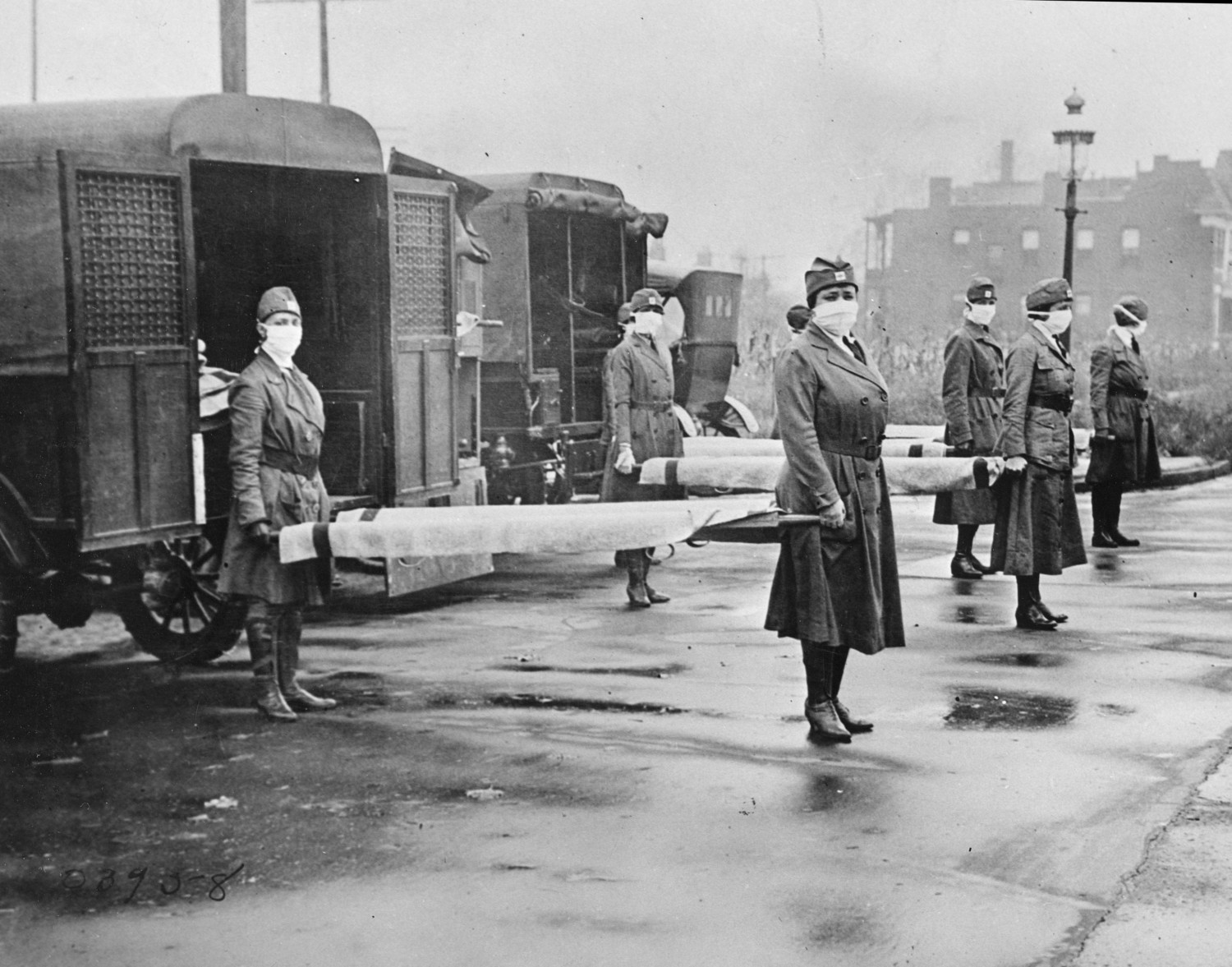
While trick-or-treating as we know it today wasn’t really a widespread practice until the 1930s, candy was still a big part of Halloween in 1918. With people staying home instead of heading to parties, recipes for homemade candy became popular, and many of them are still being used today.
The recipes we’re sharing are courtesy of the WWI Museum and Memorial and can also be found in the “Win the War in the Kitchen” cookbook, which is free online and features a variety of other recipes as well. The cookbook was created in 1918 by the U.S. government to inspire people to follow rationing and conserve food during the war. To that end, recipes included alternatives to wheat and white sugar; candy recipes called for molasses and honey instead.
Take a look at just four recipes for some classic candy that were created during the 1918 pandemic. Note that in vintage recipes, “fat” generally refers to any kind of animal fat, but lard or butter works just as well, while “soda” refers to baking soda.
Molasses Candy
Ingredients:
3/4 cup corn syrup
1 1/4 cups molasses or sorghum
1 tablespoon vinegar
1 teaspoon fat
Pinch of soda
Directions:
Boil first three ingredients until it becomes brittle when dropped in cold water. This is the crack stage. Add fat and soda. Remove from fire, beat well and pour into greased tins. When cool, pull until light in color. Cut in 1-inch pieces.
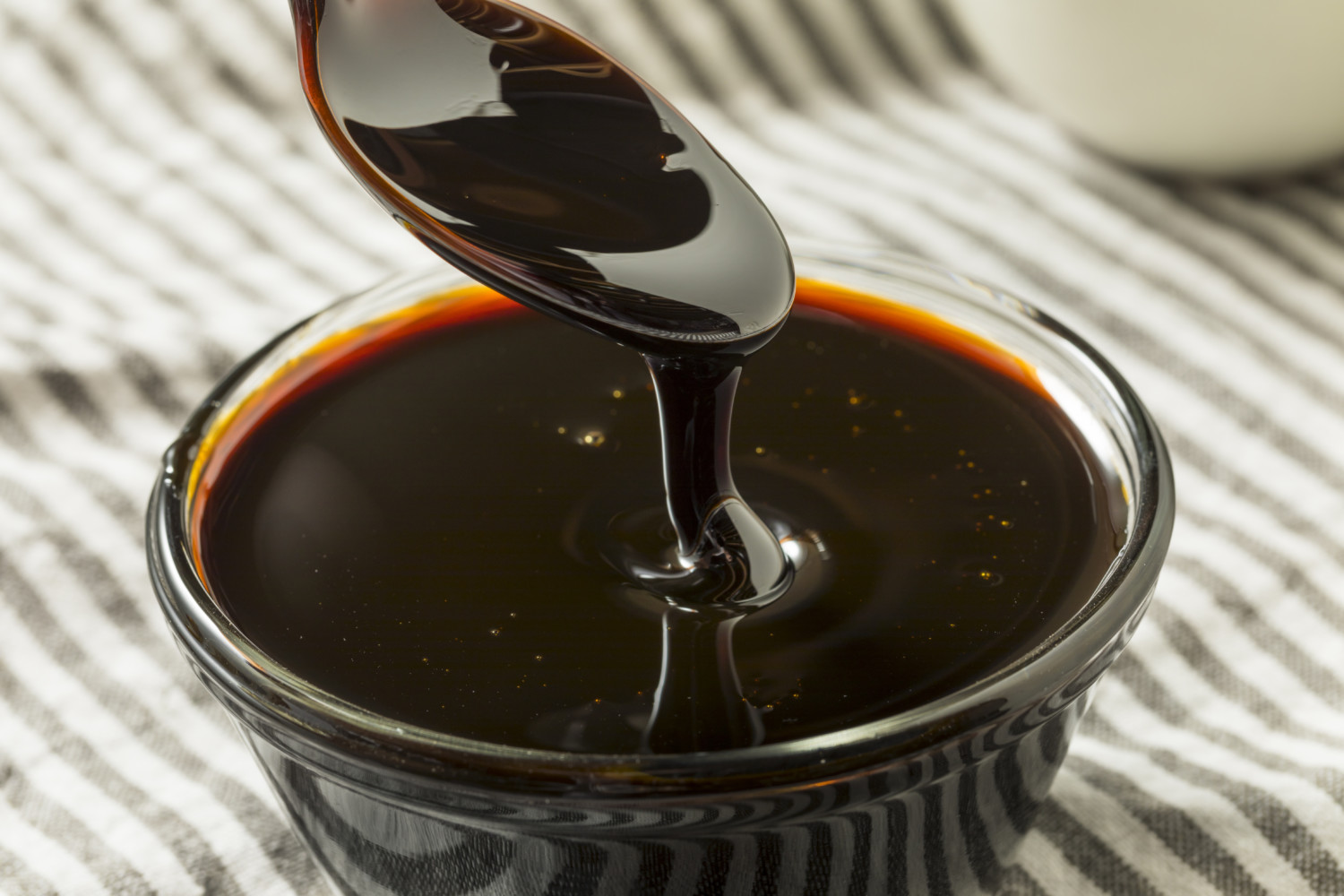
Honey Caramels
Ingredients:
1 cup milk
1/4 cup honey
3/4 cup corn syrup
Pinch of salt
1 teaspoon fat
Directions:
Heat the honey and the corn syrup to the boiling point. Add the milk gradually, stirring constantly. Cook the mixture until it forms a firm, soft ball when dropped into cold water. Turn into a greased pan and cut in squares when cold. Chopped nuts may be added just before taking from the fire.
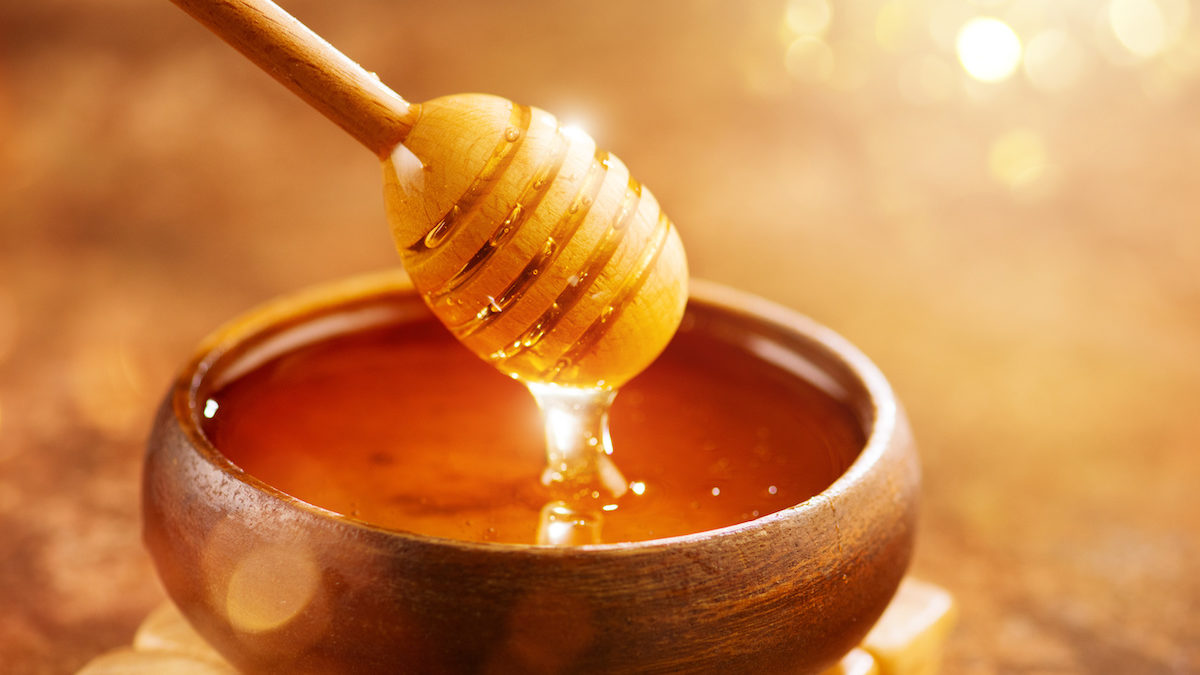
Peanut Brittle
Ingredients:
2 cups maple sugar
1/2 cup chopped peanuts
Pinch of salt
Directions:
Boil syrup until it becomes brittle when dropped into cold water. Scatter chopped nuts over a greased pan and pour them over the cooked syrup. Mark in squares before candy is hard.
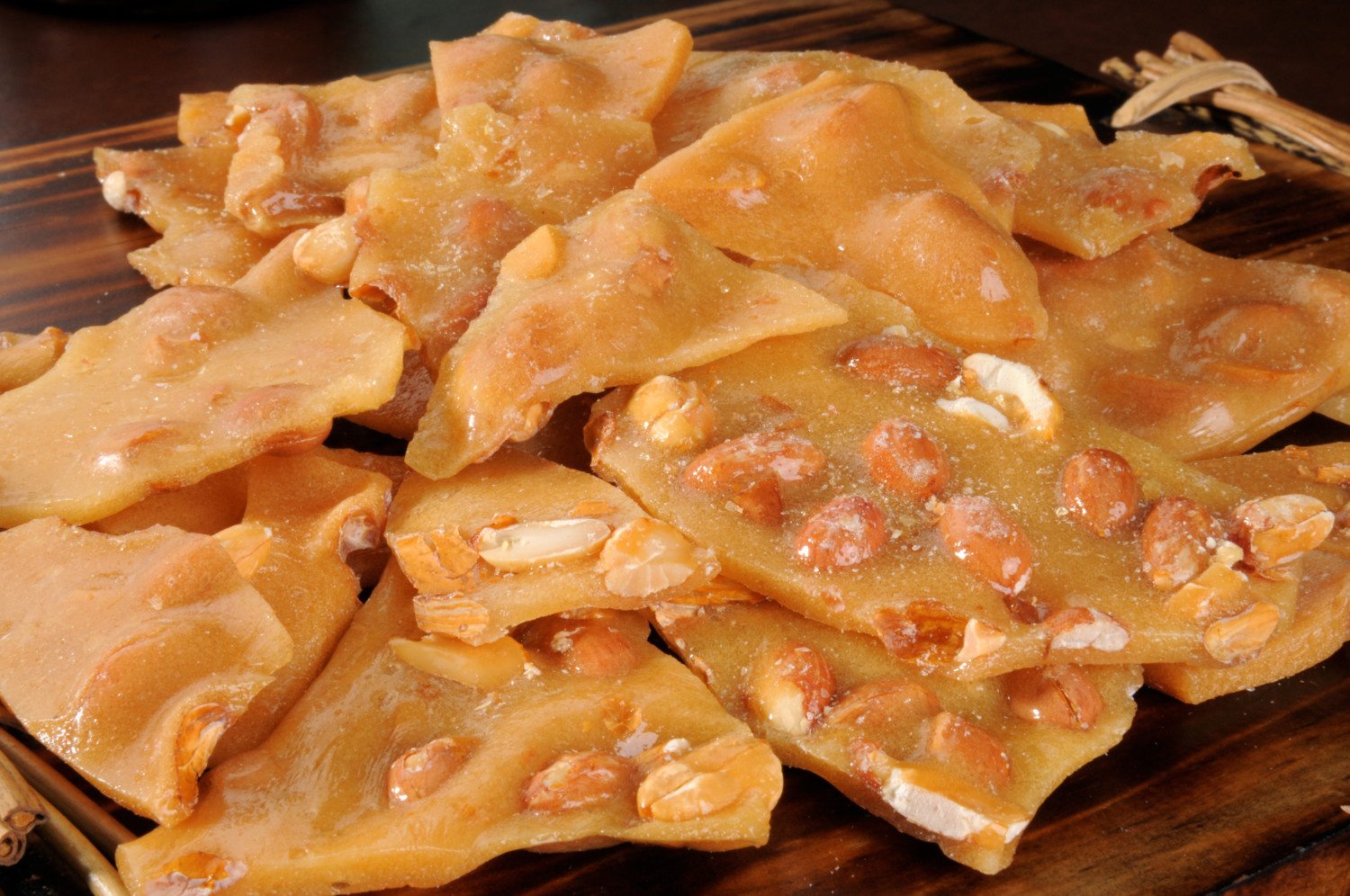
Gum Drops
Ingredients:
2 tablespoons granulated gelatin
1 1/2 cups cold water
2 teaspoons cornstarch
2 cups light brown sugar
1 cup of hot water
Directions:
To make gum drops, soak the gelatin in the cold water for three minutes. Then stir the cornstarch thoroughly through the soaked gelatin. Place the brown sugar and cup of hot water on the fire and when the sugar is dissolved, add gelatin. Boil slowly for about 25 minutes. Remove from the fire and when partially cool, add the desired flavoring and beat for about five minutes, or until the mixture has a cloudy appearance. Pour in a bread pan which has been rinsed out with water. When firm, cut into cubes and roll in powdered sugar. Use for flavoring oil of cinnamon, peppermint, wintergreen, etc.
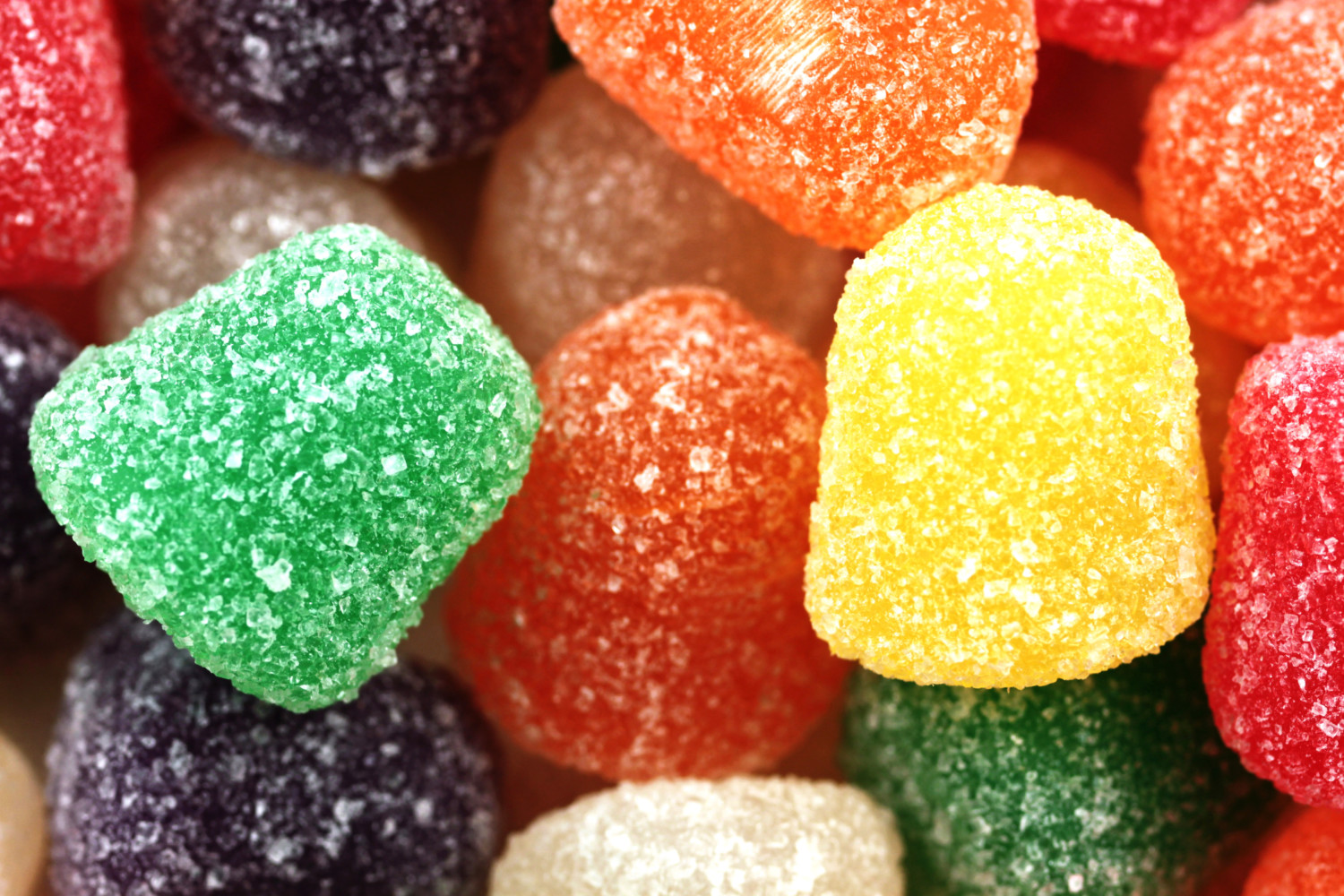
For a deeper look into the recipes, you can visit National WWI Museum and Memorial’s “War Fare: From the Home Front to the Frontlines” online exhibit.
The museum is also home to a postcard that paints an even better picture of Halloween in 1918. It reads, in part, “Dear brother, just sent Art and Lou a card also, Halloween Greetings. Don’t suppose we’ll have much Halloween here on account of the epidemic.”
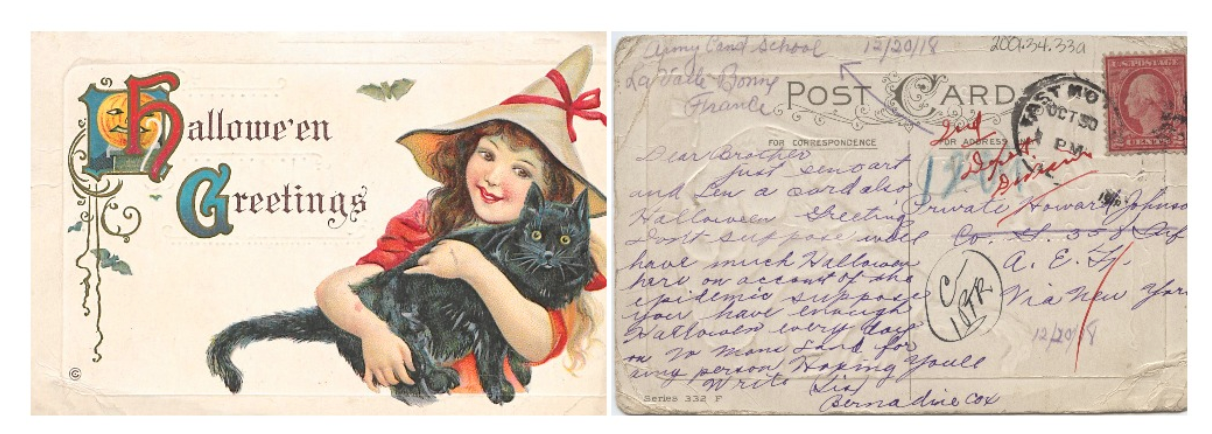
Will you be trying any of these classic Halloween candy recipes?
This story originally appeared on Simplemost. Checkout Simplemost for additional stories.


